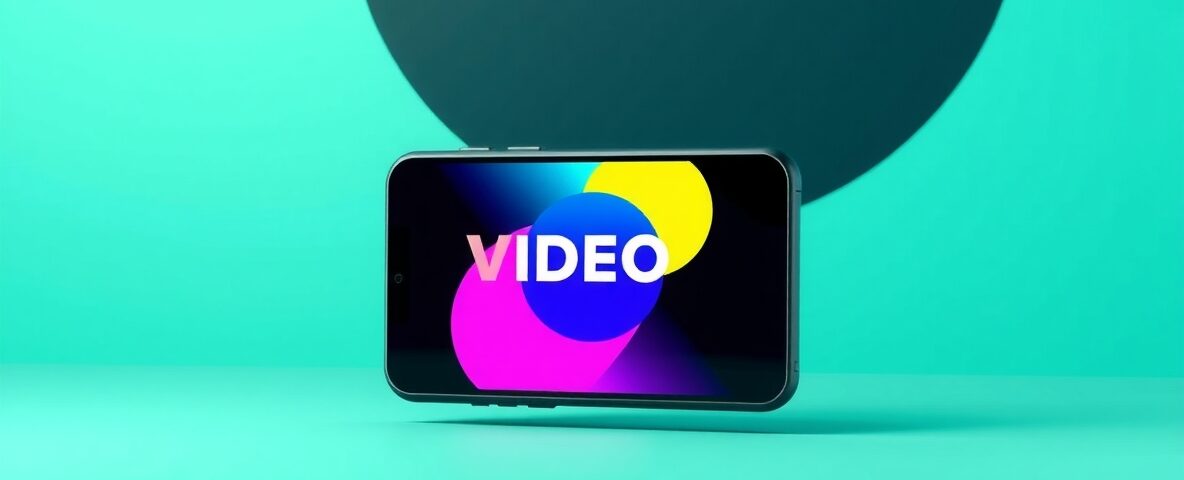
Futureproofing Content Strategy in Asia with AI: A 2025 Playbook
August 26, 2025
How to Align Social Media and SEO for Better Results
August 27, 2025We all hold our phones upright 94% of the time even during the majority of the day. Even when faced with a horizontal video, only 30% of us turn our phones according to 2017 research data.
Those of you who rely heavily on mobile ads are likely already aware of the need to adapt to vertical formats.
Facebook and YouTube have been recommending them since 2017-2018, and for other platforms (e.g. TikTok, Snapchat) it’s a no-brainer or even mandatory to have your video ads in vertical.
Start prioritizing vertical video ad formats for mobile, even in channels where you have both options as it greatly helps to boost the level of engagement.
Effects
An A/B test of the same Facebook mobile video ad in vertical vs horizontal formats found significant differences:
- 57% vs 43% views to completion
- 55% vs 45% engagement
In a lab experiment, students mentally processed the vertical version of a Nike ad 13% more fluently than the horizontal version of it (they were asked to flip their phone for the horizontal version, so both were full-screen).
Vertical mobile video ads are more engaging than horizontal ones, even when both are full-screen:
The effect is stronger for younger generations (e.g. Gen Z) than older ones (e.g. Gen X) since they’re more used to vertical video on mobile.

Why it works
- Over the past years, we’ve become used to vertical content on mobile. This makes it easier to mentally process the content for us to like it.
- As avid users of TikTok and Snapchat, Generation Z is the most used to seeing vertical videos, compared to older generations who often experienced watching video on mobile horizontally (e.g. YouTube).
- Watching horizontal videos full-screen requires some effort to flip a phone 90 degrees. And in reality, we’re unlikely to do that if we’re scrolling a vertical feed (e.g. Facebook) so we’ll just watch a smaller version.
Facebook, Instagram, Snapchat, Twitter, and TikTok have vertical video-friendly interfaces and encourage their users to adopt vertical formats. Since 2018, even YouTube has (somewhat) started encouraging vertical videos.
Some artists have started releasing vertical music videos (e.g. Billie Eilish) and the trend is likely to accelerate, including as a background for their songs on Spotify.
In the past few years, ad creatives have been adapting to vertical video formats. Yet, the switch doesn’t seem to be as advanced and complete as it should if you consider more than 75% of all video viewing is on mobile.


